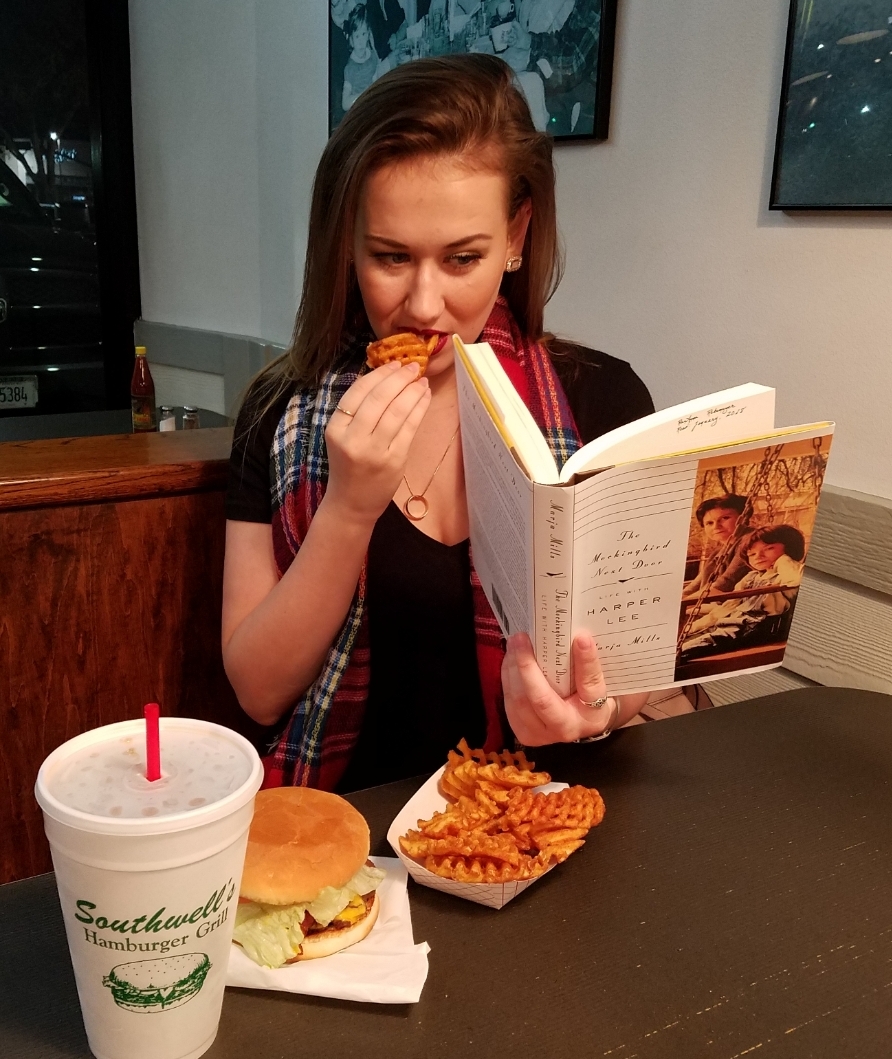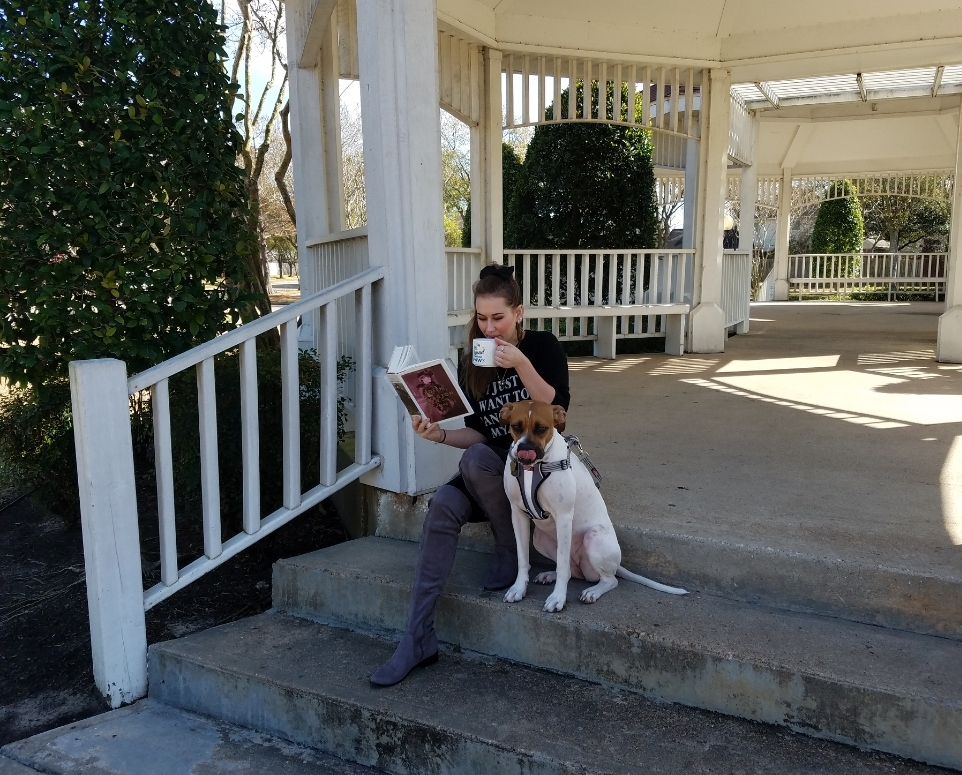Read: Yes
Length: 278
Quick Review: Jean Louise – Scout – Finch is no longer the little girl we know and love. She is a grown woman returning home to her beloved Maycomb, Alabama.

Published in what could be called a scandal, Go Set A Watchman became accessible to the public 55 years and three days after the publication of To Kill A Mockingbird. Nelle Harper Lee wrote Go Set A Watchman, but revised it into an entirely different book most every American has read, which won a Pulitzer. It would be hard to imagine Harper Lee as a public figure, but in her early years she was. Due to the drains of fame, she receded from the public eye never to publish again. In her old age, Go Set A Watchman was published under a great amount of scrutiny as to if this is what she really wanted. The reviews flooded in quickly. They were mostly skeptical and rarely glowing.
I never read To Kill A Mockingbird in high school. I read it one summer in college. I enjoyed it, but I didn’t love it the way others do. It took me over two years before I bought Go Set A Watchman because of the circumstances it had been released. Its blue spine sat untouched on my shelf for several months before I finally picked it up to read.
I understand why people didn’t love this second Lee book. I, however, did. I wish I could talk about Go Set A Watchman without talking about To Kill A Mockingbird, but they are intrinsically linked not only by their characters but by the integral part To Kill A Mockingbird has played in the landscape of modern Americana.
Scout is no longer a little girl; instead, she is a grown, college educated woman of 26 living in New York City. She is known as Jean Louise, and she’s going home to Maycomb for two weeks. A lot has changed in her hometown. Atticus has gotten older, but he has stayed the same. Jean Louise is an adult on her own in the world. Go Set A Watchman is a coming of age story. The kind that is rarely told: the difficulty of separating one’s identity from that of their idol’s. As people, we all go through it in one way or another.
I can understand why so many people have a hard time with this book. They’re comparing it to the first. It’s easy to do. The characters are present. The setting has only been phased by the passing of time.
The narrative of To Kill A Mockingbird flows forward through time; it’s easy to follow. Go Set A Watchman has a completely different rhythm. Jean Louise isn’t living in the present. She bounces between the past and present as memories are triggered. The book is well organized but anecdotal. It is a completely different reading experience than what one goes in believing it will be.

Atticus is a hero to Scout in a way he is a hero to everyone who has read him. He’s even, educated, fair, loyal, true, just, kind, and more. He is an ideal of a person we strive to become someday. I always found him to be too perfect. I didn’t love him because he seemed flat. Too good to be true, in a way. I want my heroes flawed, human. Go Set A Watchman rips holes in the perfect man. Lee portrays him as human, as a man of his time, a good yet flawed man. All the while, Lee portrays Scout as a young idealist with grit. Scout stands up for what she sees to be right under the most difficult of circumstance: she doesn’t back down when her hero disagrees. It becomes tenuous when Scout compares Atticus and Maycomb to Hitler and the Russian communists saying, “You just try to kill their souls instead of their bodies.” (Ouch!)
Scout replaces Atticus in our mind’s eye. She is the one who will go out into the world working to create a better and more just place for all. She believes in equality and opportunity for all, in helping, in tearing down walls based on gender or class or sex, that silence is support, and more. Jean Louise is no longer six years old; she is a young woman coming into her own in a world being torn further and further apart.
I think in many ways, Go Set A Watchman is more relevant today than To Kill A Mockingbird. We live in a world torn by intolerance and hate based on so many things, and sometimes the impact is felt most acutely in our own homes. As unfortunate as it is, many of the scenes playing out in front of Jean Louise’s eyes are familiar to the ones I see today. The relationship Scout has with her father is incredibly similar to the one I have with my father today. Many can relate to feeling betrayed by those we love when we find out their views fail to reach the standard we have set for them while failing to realize they are human too.
Go Set A Watchman has created waves. Many people do not feel for it the way they feel for the predecessor. I think this is a large part of its magic. It dares you to see a character and a book in a new light, no longer through rose colored glasses. Atticus is seen through the eyes of a child in To Kill A Mockingbird, but he is seen through the eyes of an adult in Go Set A Watchman. As children we see the world one way and another way as an adult. Lee makes us return to a favorite with the eyes of an adult.
Memorable Quotes
“Integrity, humor, and patience were the three words for Atticus Finch.”
“The course of English Literature would have been decidedly different had Mr. Wordsworth owned a power mower”
“They are simple people, most of them, but that doesn’t make them subhuman.”
“Prejudice, a dirty word, and faith, a clean one, have something in common: they both begin where reason ends.”
“You just try to kill their souls instead of their bodies”
Title: Go Set A Watchman
Author: Harper Lee
Publisher: Harper (HarperCollins Publishers)
Copyright: 2015
ISBN: 9780062409850












